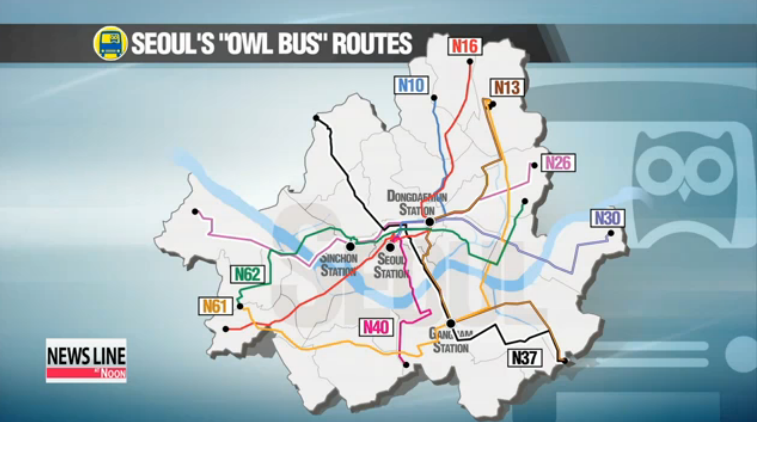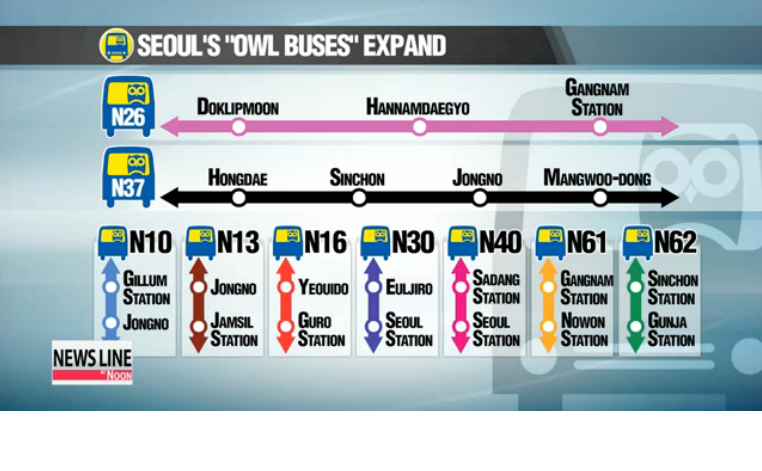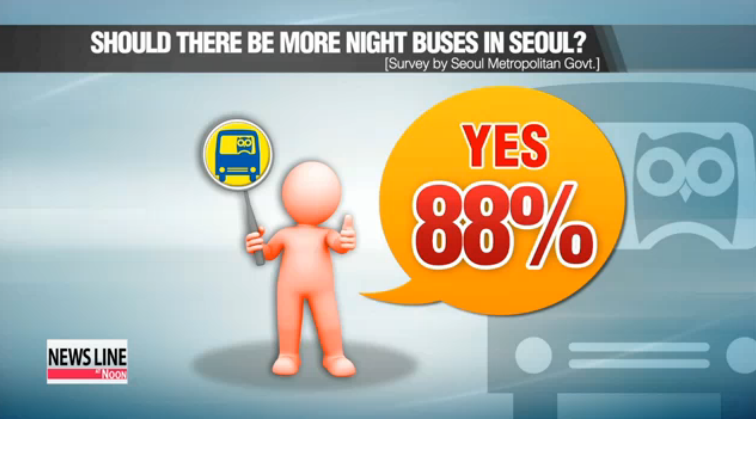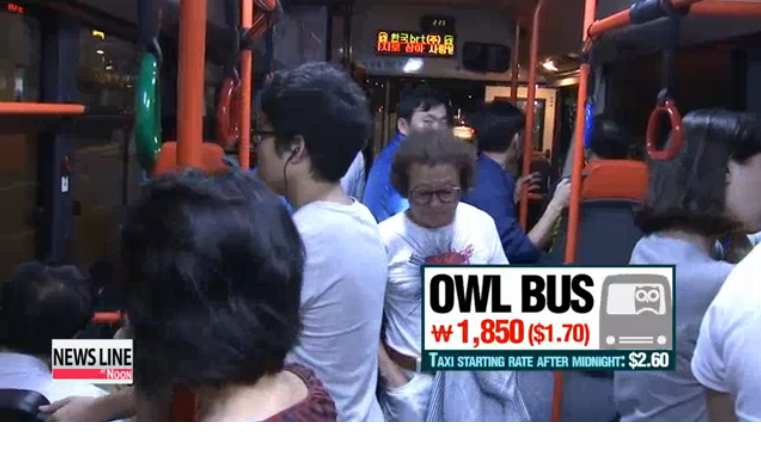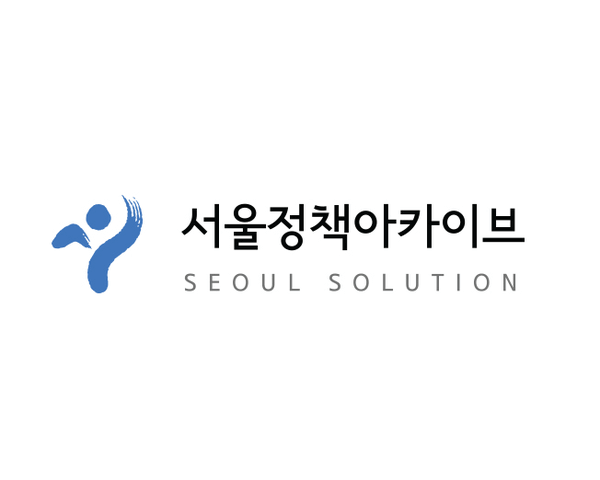City
Seoul
Main actors
City Government
Project area
Inner City
Duration
Ongoing since 2013
The Seoul Night Bus, also known as the "Owl Bus", makes Seoul’s public transportation service ceaseless for the city’s late night commuters
The Seoul Night Bus, also known as the "Owl Bus," is the brand name of the city’s intra-city buses that run nine routes exclusively from midnight to 5:00 a.m. Like an owl, animated in the dark with its yellow-glowing eyes, the "Owl Bus" was born to make Seoul’s public transportation service ceaseless, carrying the city’s late night commuters.
The objective is to ensure better mobility of the citizens and to lessen financial burdens on the economically disadvantaged who have to pay the late-night extra charge when taking taxis to return home. The Owl Bus aims at addressing citizens’ everyday life concerns by customizing policy measures, using big data technology and real-time operation information.
Based on an on-site survey, the city government first decided to operate two pilot routes exclusively for an after-midnight service. The number of routes increased from two to nine after three months of operation, in order to respond the increasing demand of citizens for that service. Citizens participation and cooperation of the City with the private sector have been enhanced throughout the process.
A manual was distributed to other local governments to benchmark. The Busan Metropolitan Government has already begun operating the late night service.
External links / documents
On Map
The Map will be displayed after accepting cookie policy

